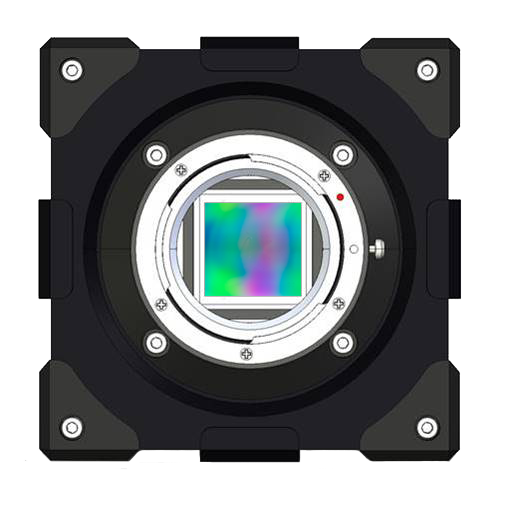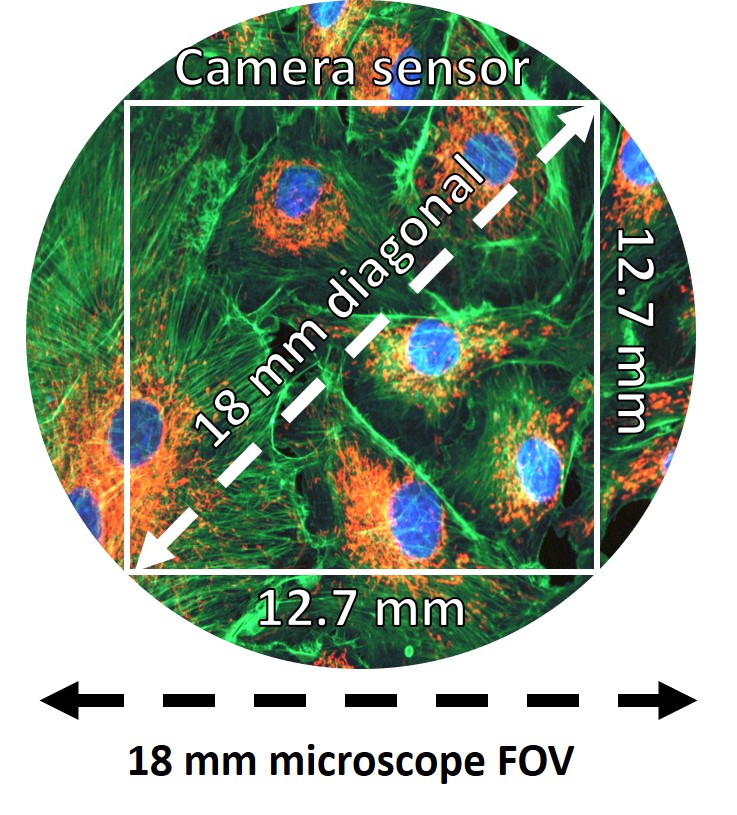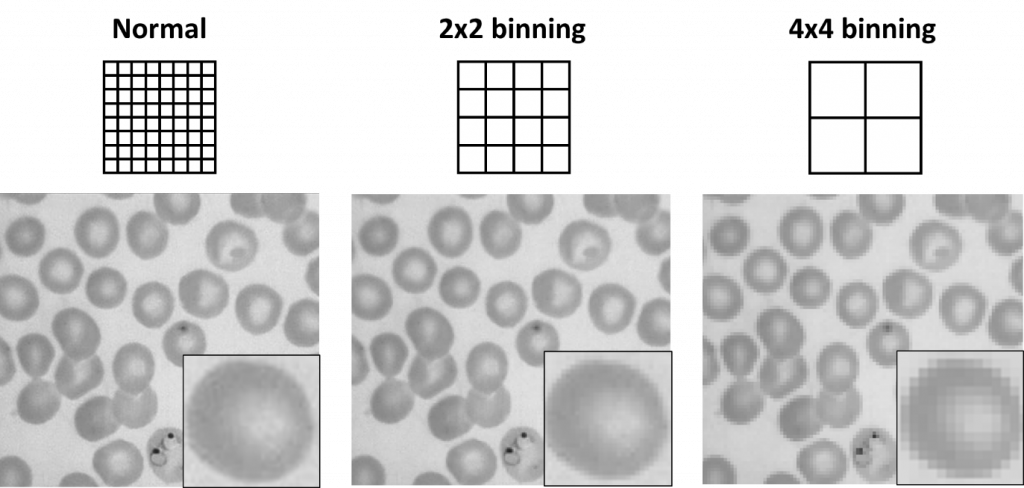Camera Basics
These articles will take you through an introduction to cameras and scientific imaging, from making an image with light to how to monitor essential camera specs such as sensitivity, speed, field of view, and resolution.
Scientific cameras allow us to monitor, observe, and record the scientific world, from imaging live samples to collecting physical spectra. Which kind of scientific camera is best for you? Learn about how modern camera technologies operate, and how to get the ideal camera for your imaging application and sample.
Read on for the basics!


How Is An Image Made?
Cameras convert light into an image: photons of different wavelengths are converted into electrons, which are amplified into voltages, which are digitized into a shade of gray in an image.
This article will take you through the whole process from the light source to seeing the image on your computer monitor, and how different factors can affect what you see once an image is made!
Types Of Camera Sensor
There have been a number of different camera sensor technologies over the past few decades, from CCDs to EMCCDs to sCMOS. In this article, find out how different camera sensors work, the differences between different camera technologies, and how back-illuminated sCMOS cameras take life science imaging forwards into the modern day.


Camera Sensitivity
Sensitivity is one of the most important aspects of scientific imaging, as without sufficient sensitivity your sample cannot be imaged. A sensitive scientific camera needs to maximize signal collection while minimizing noise, providing the best sensitivity that can detect even the weakest signals.
In this article, read all about camera sensitivity, how to improve it, and how to reduce the effects of noise.
Camera Speed
Some biological processes occur on such a small timescale that they can be very challenging to image without a high-speed camera. Even panning through your sample can be difficult with a slow camera, so over time cameras have increased in speed until they can image dynamic events never seen before!
In this article, read all about camera speed, the different factors that limit speed, and how you can best maximize the speed of your imaging system.


Camera Field Of View
The camera field of view (FOV) dictates how much of the sample can be imaged by the camera. With a big FOV, you can image more effectively and take fewer images, speeding up your experiments and sparing the sample from long stitching and tiling work. By pairing your camera FOV and microscope FOV, you can optimize your imaging.
In this article, read all about the camera field of view, the limits of FOV based on your camera and microscope, and how magnification affects how much you can image.
Camera Resolution
With high-resolution cameras it is possible to resolve fine details in small samples. By using the optimal camera sensor pixel size for your magnification and imaging system, you can see big improvements in resolution and decrease your blur.
In this article, read all about camera resolution, how pixel size and magnification affect it, the diffraction limit of light, and how to optimize for Nyquist.


Bit Depth, Full Well Capacity, and Dynamic Range
Cameras are a vital technology in scientific imaging, working as an interface between light and a digital image. There are many variables at play in order to convert photons from your sample to the image you see on your computer monitor, this article discusses some of the most important factors.
Find out more about bit depth, full well capacity, and dynamic range, and how they can influence your imaging!
Binning
Scientific cameras can be binned, where multiple pixels in a grid are read out as a single ‘superpixel’. Binning can improve sensitivity and speed, but differs between CCD/EMCCD and CMOS technologies.
In this article, read all about binning, how it affects the sensitivity and speed of different technologies, and a worked example.


Quantum Efficiency
Quantum efficiency (QE) is the measure of how effective an imaging device is at converting incident photons into electrons. In practice, sensors are never 100% efficient, and different sensor technologies have different QE values at different wavelengths.
Find out more about quantum efficiency, the effect of wavelength, and the difference between front- and back-illumination in this article.
